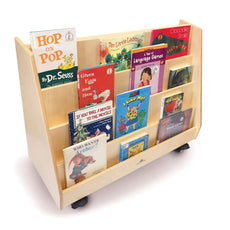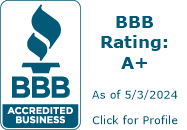← View All Buying Guides


Reading Center & Displays Buying Guide
School Outlet’s Tips
-

Size
-

Age-Appropriate Design
-

Durable Materials
-

Safety
-

Flexibility
-

Stimulate Engagement
















